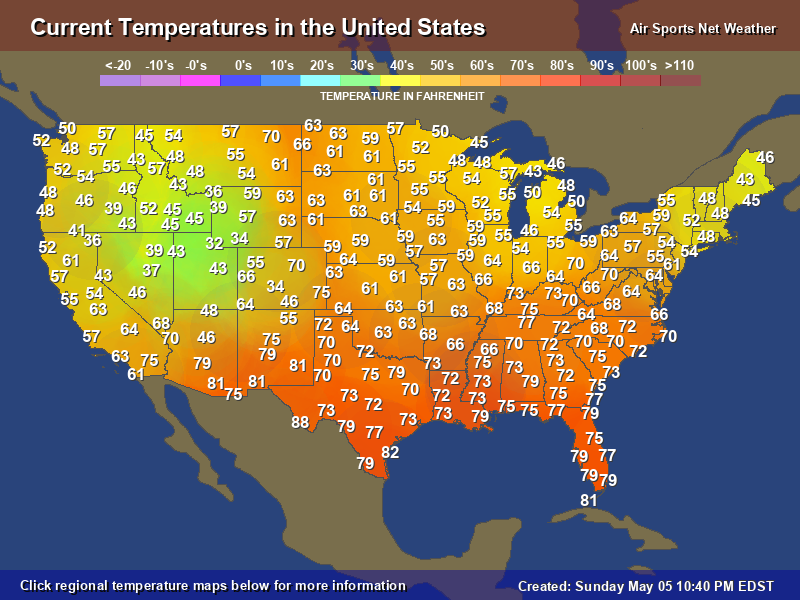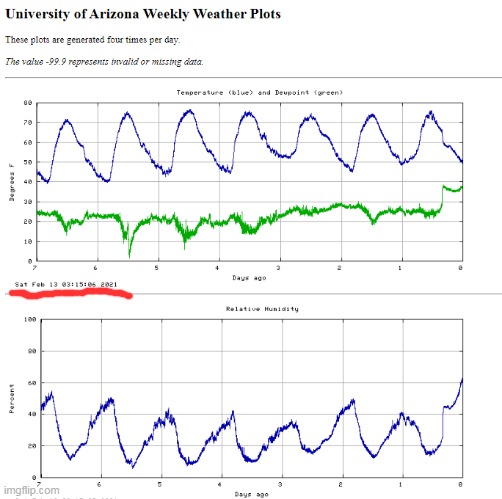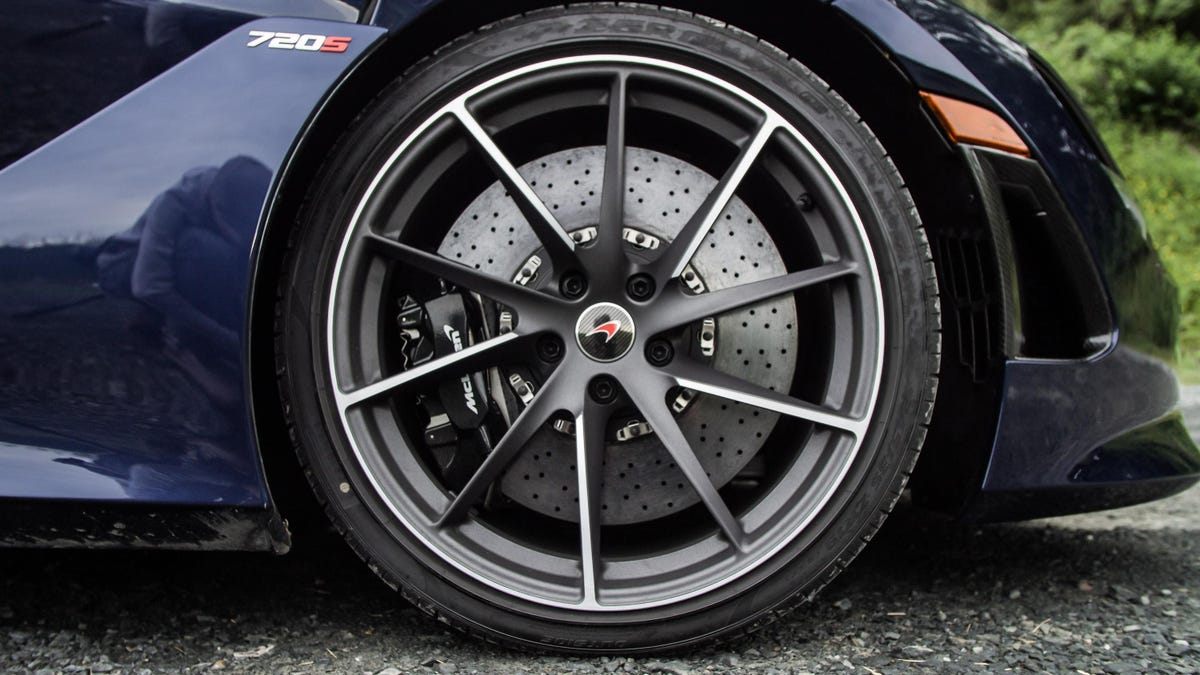if you're driving a FWD or AWD in snow, you need your foot on the gas not the brake to turn.
Depends upon the nature of the 4WD/AWD system - how the various differentials and couplings distribute torque, how the system is calibrated, etc.
Part-time 4WD systems require throttle mid-corner; attempting to coast will cause terminal understeer and is a great way to drive straight off the road. "Slow in, fast out" is the mantra. Note that the presence of absence of a limited-slip as well as the specific type may cause different cornering characteristics on and off the throttle (Gov-Lock and TrueTrac users, raise your hand).
Full-time AWD systems may or may not behave similarly, depending upon how they provide torque bias across the center diff and the amount of traction available.
Active couplings will behave differently depending upon a number of factors. The coupling in the wife's AWD Ford Flex will stay open until the front wheels spin, then it locks in about a second (not at all fast by the standards of modern systems). The result is a bit of understeer, then some oversteer, then relatively neutral handling if the driver stays in the throttle. If the driver gets spooked by that bit of oversteer, they'll jump off the throttle, then the coupling disengages due to lack of wheelspin, and you're back to a FWD. A modern electrohydraulic coupling that is reacting well within the driver's bandwidth (response times from open to fully closed around 100ms) are going to work faster than the average driver can perceive and will be mostly seamless in their operation.
Then we've got stuff like torque vectoring (either a proper laterally torque biasing diff, or systems that convincingly fake it using the brakes). These systems can be calibrated to provide understeer, oversteer, or perfectly neutral behavior right up to the physical limits of the tires. Some of these systems are calibrated to be very user-friendly and will merely reduce understeer up to about 9/10ths, then gracefully transition to large amounts of understeer until the vehicles slows down or the driver reduces steering input. This is a bit frustrating to an experienced driver, but safe. Then you've got some systems which will provide dead-neutral handling right up to the limit, and then - surprise! - there is no more grip to be had and you've gone from driving to going for a ride.
The bottom line is to learn your vehicle's handling quirks. Don't mistake low-speed stuff in a parking lot or traffic circle for what happens at speed. And learn to interpret what the tires and road are communicating.









